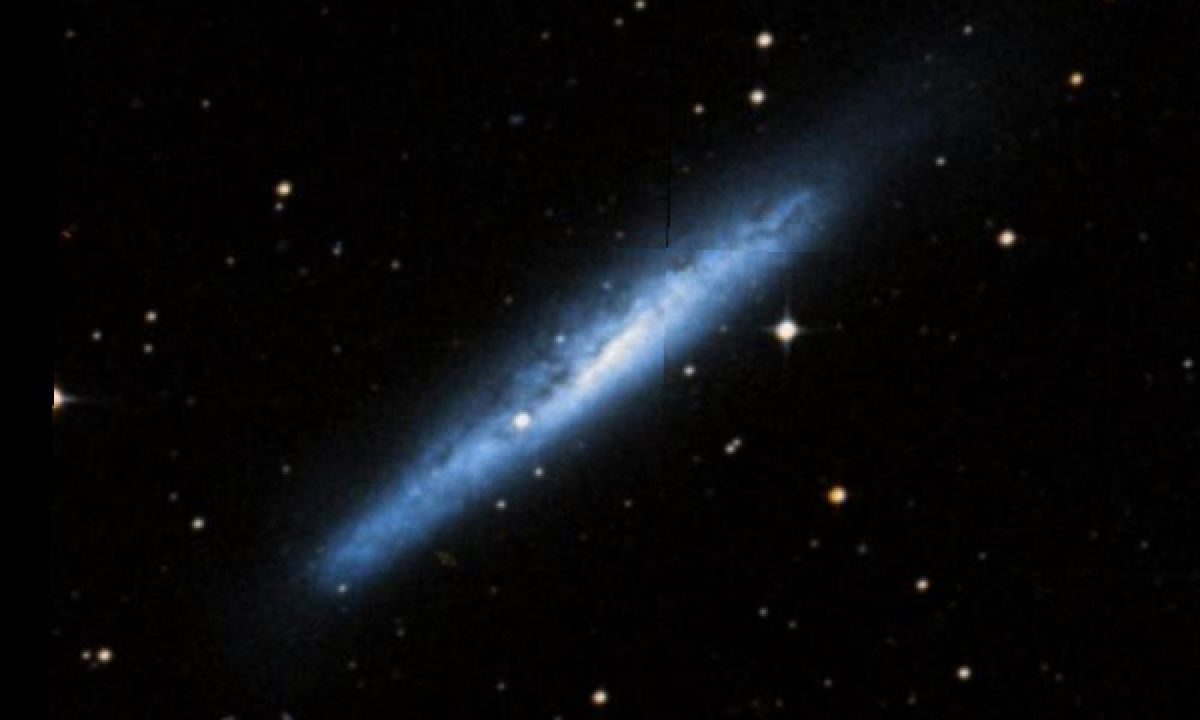The New General Catalogue of Nebulae and Clusters of Stars (abbreviated as NGC) is a catalogue of deep-sky objects compiled by John Louis Emil Dreyer in 1888. The NGC contains 7,840 objects, known as the NGC objects. It is one of the largest comprehensive catalogues, as it includes all types of deep space objects, including galaxies, star clusters, emission nebulae and absorption nebulae.
Know more about NGC
NGC 7090

NGC 7090 is a spiral galaxy in the southern constellation of Indus located about 31 million light-years away. English astronomer John Herschel first observed this galaxy on 4 October 1834. The morphological class of NGC 7090 is Scd, indicating it is a spiral with loosely-wound and somewhat disorganized arms. The galactic plane is inclined at an angle of 89° to the line of sight from the Earth, giving it an edge-on view. The combined mass of the stars in this galaxy is 5.5 billion times the mass of the Sun (M☉), while the star formation rate is ~0.5 M☉·yr−1. As a result of star formation, the diffuse ionized gas in the galaxy has a complex organization, showing filaments, bubbles, and super-shells. Three transient ultraluminous X-ray sources have been detected in NGC 7090.
More Images:

Sources:
Wikipedia Page: NGC 7090
NGC 7090 at In-The-Sky website
